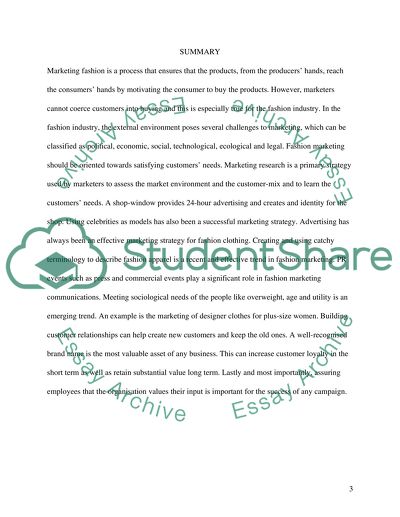Cite this document
(“(SMCR) Strategic Marketing- A Contemporary Review Essay”, n.d.)
(SMCR) Strategic Marketing- A Contemporary Review Essay. Retrieved from https://studentshare.org/miscellaneous/1554658-smcr-strategic-marketing-a-contemporary-review
(SMCR) Strategic Marketing- A Contemporary Review Essay. Retrieved from https://studentshare.org/miscellaneous/1554658-smcr-strategic-marketing-a-contemporary-review
((SMCR) Strategic Marketing- A Contemporary Review Essay)
(SMCR) Strategic Marketing- A Contemporary Review Essay. https://studentshare.org/miscellaneous/1554658-smcr-strategic-marketing-a-contemporary-review.
(SMCR) Strategic Marketing- A Contemporary Review Essay. https://studentshare.org/miscellaneous/1554658-smcr-strategic-marketing-a-contemporary-review.
“(SMCR) Strategic Marketing- A Contemporary Review Essay”, n.d. https://studentshare.org/miscellaneous/1554658-smcr-strategic-marketing-a-contemporary-review.


